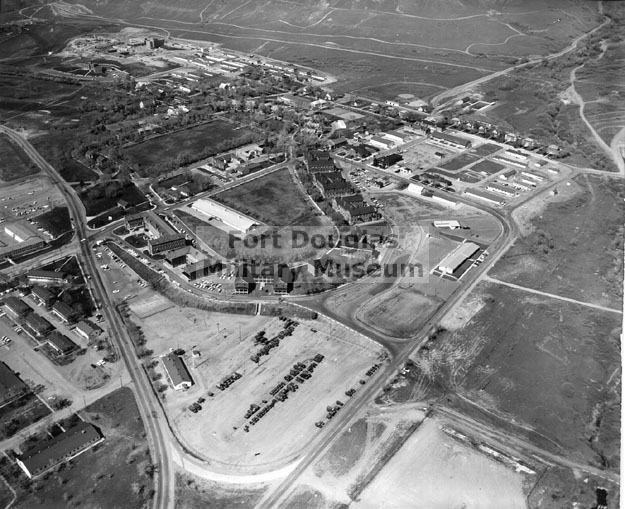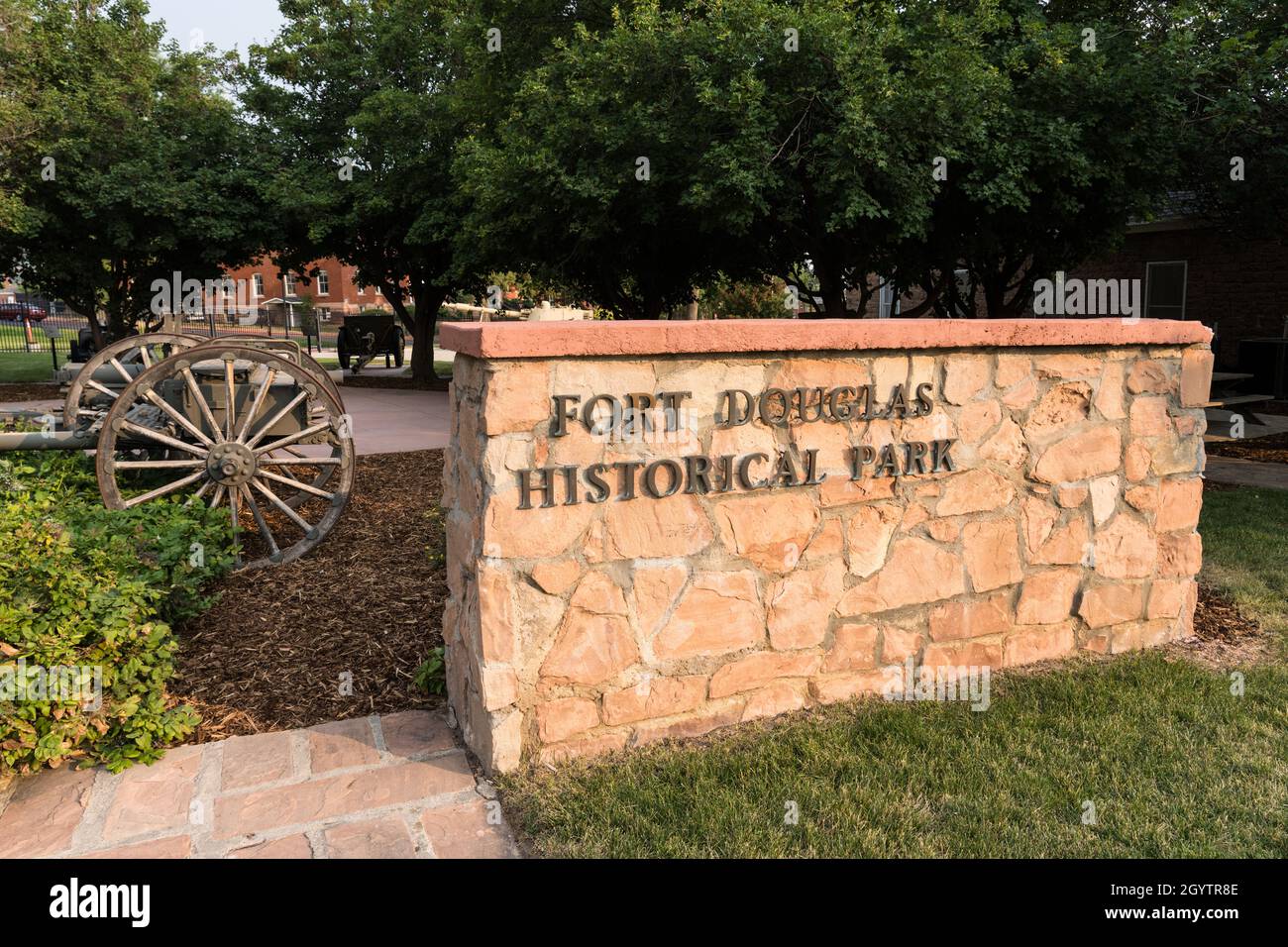
Whispers from the Wild: America’s Enduring Tapestry of Legends
America, a nation relatively young on the global stage, paradoxically boasts a rich and complex tapestry of legends that rival those of much older civilizations. From the ancient oral traditions of its indigenous peoples to the tall tales spun on the frontier, and from spectral apparitions in historic forts to modern cryptids lurking in the shadows of the digital age, these narratives are more than just stories. They are the collective subconscious of a continent, reflecting its hopes, fears, ambitions, and the indelible marks left by its tumultuous history. They are the whispers from the wild, the echoes of a past that refuses to be forgotten, constantly shaping and reshaping the American identity.
These legends serve as cultural touchstones, providing a unique lens through which to understand the nation’s evolving relationship with its landscape, its diverse populations, and its often-violent past. They are born from the collision of cultures, the vastness of an untamed wilderness, the relentless pursuit of destiny, and the simple human need to explain the inexplicable.
Indigenous Roots: The First Narratives

Long before European settlers carved their histories into the land, the continent vibrated with the stories of its first inhabitants. Indigenous legends are deeply intertwined with nature, often serving as creation myths, moral parables, or explanations for natural phenomena. Figures like the trickster Coyote or Raven appear in countless tales, embodying both wisdom and folly, shaping the world through their cunning and misadventures.
More unsettling are the legends of malevolent spirits, born from the harsh realities of survival and the sacred balance of nature. The Wendigo, a terrifying creature from Algonquin folklore, embodies insatiable hunger and cannibalism, a chilling warning against greed and spiritual corruption, particularly relevant in times of famine. The Skinwalker, from Navajo tradition, is a shapeshifting sorcerer capable of assuming the form of animals, a creature of immense power and malevolence, often associated with witchcraft and the dark side of spiritual practice. These legends are not mere campfire stories; they are deeply ingrained cultural warnings, reflecting a profound respect for the spiritual power of the land and the consequences of transgressing natural and moral laws. Their persistence, often whispered with a sense of genuine dread, underscores the enduring connection between Native American cultures and their ancestral lands.
The Frontier’s Fables: Taming the Wild with Tall Tales
As European settlers pushed westward, encountering vast, challenging landscapes and an often-hostile environment, a new genre of legend emerged: the tall tale. These were stories of superhuman strength and improbable feats, designed to make the impossible seem achievable, to laugh in the face of adversity, and to inspire awe in the sheer scale of the American endeavor.
Paul Bunyan, the colossal lumberjack and his blue ox, Babe, are perhaps the most iconic figures of this era. Bunyan, so immense he could clear entire forests with a single swing of his axe, and Babe, whose footprints created Minnesota’s 10,000 lakes, became a metaphor for the colossal task of taming the American wilderness. His stories celebrated the grit, ingenuity, and sheer force of will required to build a nation from scratch. Similarly, Johnny Appleseed (John Chapman) became a legendary figure, transforming a simple act of planting apple trees across the Midwest into a myth of ecological foresight and gentle benevolence. Pecos Bill, the cowboy who rode a cyclone, embodied the wild, untamed spirit of the American West, a testament to the audacious spirit of those who settled it.
Beyond these larger-than-life characters, the frontier also gave birth to legends of lost treasures and hidden fortunes, fueled by the relentless pursuit of wealth. The Lost Dutchman’s Gold Mine in Arizona’s Superstition Mountains is one such enduring mystery, a tale of insatiable greed, murder, and an elusive fortune that has lured countless prospectors to their doom. These tales reflect a period of immense growth, boundless optimism, and often, brutal exploitation, where the lines between ambition and folly blurred.
Haunted Histories: Echoes of Conflict and Consequence
America’s history, though relatively short, is undeniably marked by significant conflict and upheaval – from colonial wars and the brutal displacement of Native Americans to the searing trauma of the Civil War. These events have left an indelible mark, and nowhere is this more apparent than in the nation’s vast collection of ghost stories and haunted locations. From Civil War battlefields where spectral soldiers are said to roam, to old plantation homes haunted by the spirits of enslaved people, these legends serve as chilling reminders of past injustices and the weight of history.

One such location, where the echoes of the past are particularly palpable, is Fort Douglas in Salt Lake City, Utah. Established in October 1862 by Colonel Patrick Edward Connor during the Civil War, the fort’s initial purpose was to protect the overland mail route and, significantly, to keep an eye on the Mormon population, whose loyalty to the Union was questioned, and to control the Ute Native American tribes in the region. Connor, a fiery and controversial figure, believed the best way to deal with Native Americans was "to kill them wherever found." His aggressive policies led to several bloody conflicts, most notably the Bear River Massacre in 1863, one of the deadliest massacres of Native Americans in U.S. history.
Given its long and often contentious history, it’s perhaps unsurprising that Fort Douglas has accumulated its own rich collection of ghost stories, a micro-legend within the macro-narrative of America’s haunted past. The fort served continuously as a military installation for over a century, transforming from a Civil War outpost to a base for the Spanish-American War, a training ground for World War I, and even a prisoner-of-war camp during World War II, housing German prisoners. Each era, it seems, added another layer to its spectral lore.
Among the most frequently reported apparitions is the ghost of Colonel Patrick Edward Connor himself. Many claim to have seen his stern figure patrolling the parade grounds or appearing in the old officers’ quarters, seemingly still overseeing his command. "There’s a sense that he never truly left," remarked a local historian familiar with the fort’s lore. "His ambition, his force of personality, it’s as if it permeated the very stones of the fort. People report feeling a heavy, watchful presence, especially in the older buildings."
Other common sightings include spectral soldiers in period uniforms, particularly in the old barracks and the commanding officer’s residence. Witnesses describe cold spots, disembodied voices, flickering lights, and the unexplained sounds of footsteps or distant bugle calls. There are also tales of a "lady in white" who is said to wander the grounds, her identity a subject of local speculation, perhaps a wife or a nurse from the fort’s early days. The fort’s deep history, marked by conflict, isolation, and the constant presence of human struggle, seems to have etched itself into its very stones, making it a powerful conduit for these lingering energies.
"Fort Douglas isn’t just a collection of old buildings; it’s a repository of forgotten voices," stated a University of Utah archivist who has spent years cataloging its history. "It’s a place where the past isn’t just remembered, it’s felt, and sometimes, even seen. These aren’t just quaint stories; they’re the psychological residue of generations of human experience, both triumphant and tragic." The fort stands as a testament to the idea that some histories are too potent to remain confined to textbooks, manifesting instead as enduring legends that continue to stir the imagination and raise goosebumps.
Modern Enigmas: Cryptozoology and Conspiracy
In the 20th and 21st centuries, as technology advanced and the world ostensibly became more understood, the nature of American legends shifted. While ghosts and historical hauntings persisted, new forms of mystery emerged, often reflecting modern anxieties and a lingering fascination with the unknown.
Bigfoot, or Sasquatch, is arguably the most famous modern American cryptid. This elusive, ape-like creature, said to roam the vast forests of the Pacific Northwest, embodies a primal fear of the wild and the unknown lurking just beyond the reach of civilization. Its legend taps into a deep human need for mystery in an increasingly rationalized world, a last vestige of the untamed.
The Mothman of West Virginia, a terrifying winged humanoid with glowing red eyes, became a legend in the late 1960s, often associated with foreboding omens and the collapse of the Silver Bridge. This tale, fueled by widespread media attention, blended folklore with modern anxieties about industrialization and societal upheaval, becoming a dark symbol of impending disaster.
Perhaps no modern legend captures the American imagination quite like the Roswell UFO incident of 1947. What began as a military press release about a "flying disc" quickly devolved into a decades-long conspiracy theory involving alien crash landings and government cover-ups. Roswell became the epicenter of a new mythology, reflecting post-war anxieties, a growing distrust of authority, and an enduring fascination with extraterrestrial life. The Chupacabra, a blood-sucking creature first reported in Puerto Rico in the mid-1990s but quickly adopted into American lore, showcases how legends can cross cultural boundaries and adapt to new environments, often fueled by sensational media and the internet.
The Enduring Power of Myth
What makes these legends, from the ancient tales of the Wendigo to the modern sightings of Bigfoot, so enduring in the American psyche? They are more than mere entertainment; they are vital cultural artifacts. They provide a sense of continuity, linking generations through shared narratives. They offer explanations for the inexplicable, comfort in the face of the terrifying, and a sense of wonder in a world that often strives for the mundane.
America’s legends are a testament to its vibrant, often tumultuous, history and its diverse population. They speak of the grandeur of its landscapes, the ambition of its pioneers, the tragedies of its conflicts, and the enduring human quest for meaning and mystery. They are the stories we tell ourselves about who we are, where we came from, and what still lies beyond our understanding. In the whispers from the wild, the echoes from old forts like Douglas, and the shadows of modern enigmas, the legends of America continue to evolve, reminding us that the greatest stories are often those that linger just beyond the edge of documented history, forever shaping the soul of a nation.


